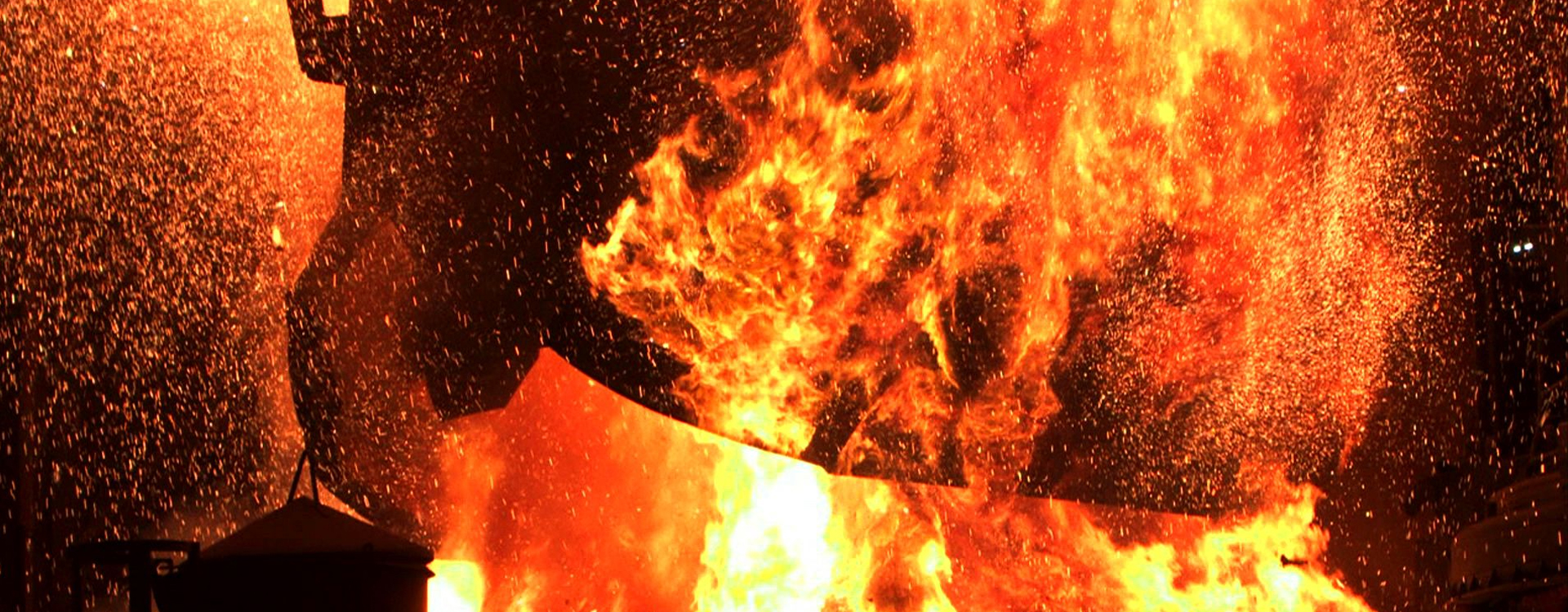Seminar Details
Nanowires (NWs) are essential nanostructured materials for building nano-scale devices. The performance of these devices depends on the mechanical strength of the NWs. Most of the studies reported are on crystalline NWs such as Cu, Ni, Ag, and Au. Metallic glasses exhibit higher strength than that of their metallic counterparts at room temperature which is attributed to the disordered atomic structure. However, these metallic glass structures lack ductility. The presence of crystalline phase in the metallic glass matrix significantly improved the ductility. In the literature, the combinations of metal-metallic glass structures are investigated for the structural and mechanical properties owing to the better properties. However, there is lesser knowledge on the effect of loading methods on the deformation behavior and structural changes involving multiple nanocrystalline precipitates. Also, the effect of strain rate and hot deformation behaviour of metal-metallic glass composite NWs involving multiple nanocrystallites is not explored. Further, the effect of cyclic deformation in the metal-metallic glass composite NWs on the structure and failure is not yet reported in the literature. Furthermore, machine learning prediction of mechanical properties is seldom reported on the metal-metallic glass nanostructures. So, in this study molecular dynamics (MD) and machine learning predictions on the mechanical response of Cu (metal)-CuZr (metallic glass) composite nanostructures are investigated as follows.
Cu50Zr50 metallic glass composite nanowires (embedded multiple Cu nanocrystallites) are subjected to uniaxial tensile, bending, and cyclic deformation. The effect of loading methods on the microstructural evolution and degree of strain localization is investigated. The model for the study is created by embedding spherical copper nanocrystallites (diameter = 50 Å) in the Cu50Zr50 metallic glass matrix. Uniaxial tensile simulations have been carried out at strain rates in the range of 106 s-1 to 109 s-1. Three-point bend tests are carried out at different loading rates (1 m/s to 10 m/s). Finally, a strain-controlled cyclic deformation test is carried out at a strain amplitude of 0.02. All the tests are carried out at a temperature of 300 K. Atomic clusters of high shear strain are observed at the yield that later develops into bands with increasing strain. The degree of strain localization is observed to be higher in the bend tests as compared to the tensile and cyclic deformations.
The composite NWs are subjected to strain rates in the range of 5 × 107 s-1-1 × 109 s-1 at different temperatures of 450 K-650 K. The stress-strain curves show elastic-plastic regions, and as expected, the yield stress values decrease with increased deformation temperature. Yield strength values in the range of 1.15 GPa-1.85 GPa are observed. Flow softening and flow localization are observed beyond the yield at all temperatures and strain rates during deformation. Furthermore, the effect of several other independent variables such as composition, crystallite size, and cooling rate on the stress-strain response and mechanical properties is also studied. Six regression models are used for the prediction of complete stress-strain behavior. The Extreme Gradient Boost, ANN, and Gradient Boot models gave better stress-strain curve prediction with coefficients of determination 96.2 %, 96.6 %, and 97.6 %. Whereas the models Ada Boost, Decision tree, and Random Forest gave ~ 86 % prediction. Overall, the ML models accurately predict the effect of independent variables on the hot deformation stress-strain characteristics in the studied temperature and strain rate range. Therefore, the time, cost, and number of experiments can be reduced for understanding the mechanical behavior.
The strain-controlled cyclic deformation behavior of copper (core) -Cu50Zr50 metallic glass (MG) shell structures is investigated using the MD simulation. Specimens with different MG shell thicknesses (12.5 Å-50 Å) and crystalline copper core thickness (50 Å) are used for the investigation. The cyclic deformations are carried out at a temperature of 300 K and strain amplitudes in the range of 0.05-0.13. With increasing MG thickness, the fatigue properties of the core-shell specimens improve. The fatigue ductility exponent is -0.45, and the fatigue strength exponent is -0.13. The deep machine learning model bidirectional long short-term memory (Bi-LSTM) is used to predict the cyclic stress-strain response of core-shell structures using the MD data. For training the model, 16,800 data points are used, comprising forty-three data sets. The model accurately predicts the cyclic behavior at all the strain amplitudes on the trained data. The R2 values are in the range of 0.947-0.998 on the test data, indicating the goodness of the fit. Hence, the model can be used to predict the fatigue behavior of materials, reducing the time required for experimentation.



